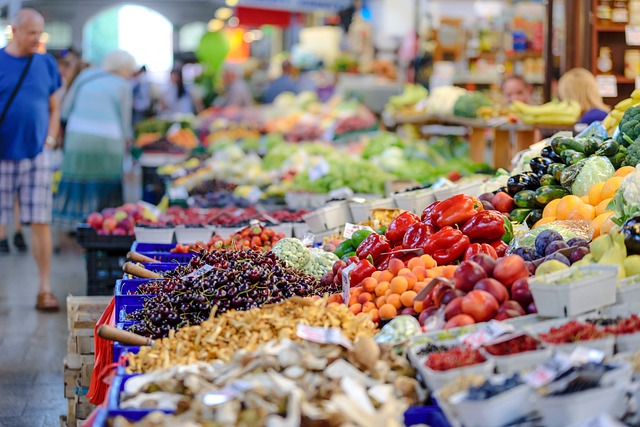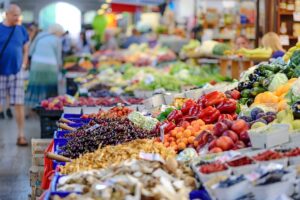Canada’s inflation rate falls to 3.4 per cent but foods continue to increase in price
TORONTO – Inflation falls, prices rise: the paradox continues. The latest Consumer Price Index (CPI) for May 2023 shows that the increase is 3.4% year-on-year, one point less than the 4.4% increase in April: according to Statistics Canada, the reduction – is the result of falling gas prices.
The drop – which brings the rank to the lowest level since June 2021 – could represent good news that should convince the Bank of Canada and not raise interest rates for the umpteenth time (the decision is expected on July 12 ), having already raised them by a quarter of a percentage point to 4.75% earlier this month. But, as we said, food prices remain high. Indeed, extend: +9% on an annual basis since May 2022 (with a decrease of just 0.1% compared to April).
According to data from StatCan, edible oils and fats, baked goods and grain products have the highest prices year-over-year, with restaurant food on the rise. In May, the price of food purchased from restaurants rose 6.8% from 6.4% in April. Labor shortages, input costs and expenses are having a disproportionate impact on these businesses, the CPI report reads.
But let’s go in order, starting from the price of edible oils and fats: in May 2023, prices increased by 20.3% on an annual basis, with a price difference of 1.8% compared to April 2023. Butter has seen a sharp rise in prices from April 2023 to May 2023: According to data, the butter barrier came in at 10% year-on-year in May 2023, an increase of 4.4% from April 2023. Also many products flour or wheat-based products have seen a price increase: Cookies and crackers rose 16.3% year over year in May 2023, up 1.6% from April 2023. Flour and miscellaneous a based flour have recorded a price increase of 6.5% since April 2023: year on year, in May 2023 this is an increase of 12.6%. Cereals were also up 13.6% year over year, up 1.4% from April 2023. Pasta products saw a minimal increase of 0.1% since April 2023, but items remained raises year-over-year to 18.5% for May 2023.
For fruits, vegetables and meats, lettuce prices remain high in May 2023 and have increased in price since April 2023: lettuce in particular is 15.9% more expensive year-on-year in May 2023 and has recorded an increase by 8.5% since April 2023, which is among the fastest growing food prices. Oranges have also increased in price, reaching 14.7% year-on-year in May 2023 – an increase of 3.2% compared to April 2023. Potatoes have also jumped in price, with an increase of 4.3% since April 2023, which means that in May 2023 the overall price was 7.6% higher than the previous year. Only tomatoes saw a decrease in price, coming in at 10.3% y-o-y in May – a 12.8% reduction from April 2023. Bananas remain the cheapest for Canadians, with an increase in 0.7% year-on-year in May 2023. Fresh and frozen poultry saw a slight decrease in price: In May 2023, the item saw an increase of 9.8% year-on-year, with a slight decrease (0. 3%) of the price observed in April 2023. Fresh and frozen meat is still cheaper than chicken in Canada: beef prices increased 5.5% year-over-year in May 2023, an increase of 0. 3% compared to April 2023.
Finally, let’s move on to dairy products and coffee. In May, the price of ice cream increased by 8.7% year on year, an increase of 2.5% compared to April 2023. Coffee and tea also increased in price in May 2023 by 8.5% year over year. year-on-year, up 3.6% from April 2023. Egg prices continue to be high (8.2% year-on-year) in May 2023, but have not increased in price since April 2023. The price of cheese increased 1.4% from April 2023 to 6% yoy in May 2023.
ùAs can be seen, therefore, practically all food products have undergone a further, yet another, increase in price, despite the slowdown in inflation. And families are increasingly in difficulty, also having to manage the exorbitant costs for the house (rent or mortgage) and interest rates (loans and loans) that are constantly increasing. When will this mad bull run end?




